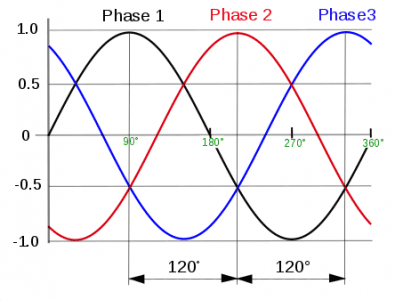Why is the production, transmission, and distribution of electrical energy system three-phase, instead of single-phase? Let’s find out in this post.
In the link below, you can know about basic concepts of alternate current, to a better understanding of the current post.
Why is it a sinusoid?
Why is the generated alternate voltage a sinusoid, instead of a square or triangular wave? One reason is the geometry of electric generators.
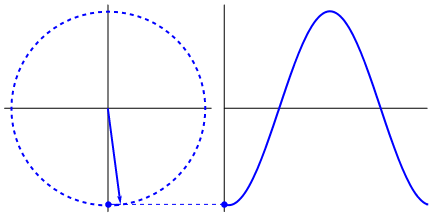
When the rotor’s coil is parallel to stator’s magnetic flux, the induced voltage reaches maximum amplitude. When it’s perpendicular to flux, the generated voltage is zero.
The current’s direction is determined by Flemming’s Right Hand Rule for generators.

Another reason is the sinusoids don’t lose the shape when are integrated or derivated. In opposition to other waveforms.

If you add two square or triangular waves out of phase from each other, the result will be a distorted wave. The same doesn’t happen with two sinusoids. Phase means voltage signal and each phase is 120º out of phase.

This lag exists because the stator’s windings on generators are 120º from each other.

Advantages of three-phase system
Wiring
Two wires are necessary to connect one source to a load.

If we have three loads, we would need 6 wires for transmission, even with three sources.

However, when adopts the three-phase configuration, are used only 4 wires. 3 phase wires and a neutral, the later returns electric current to sources.
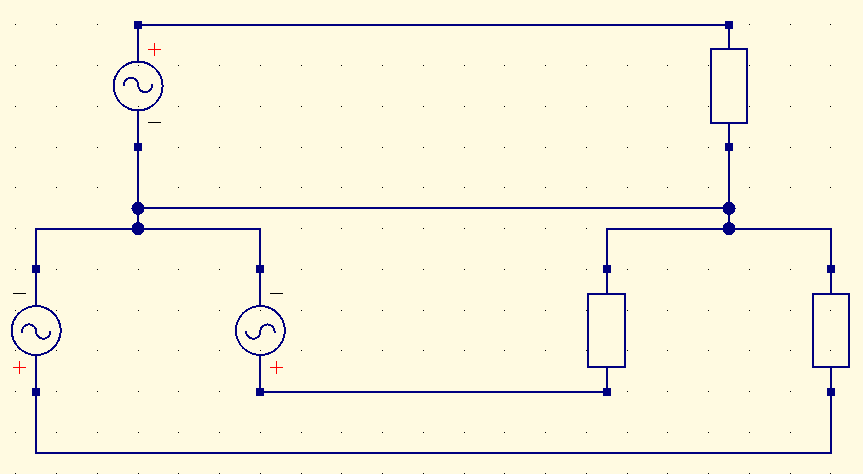
When there is a balance between the loads, by that, impedances are equal, the return current is zero. In this case, the neutral can be disposed and there are only 3 wires for transmission.

In practice, when loads are in wye configuration (shown above), a thinner wire is put as neutral in case there’s an unbalance between the load.
Efficiency
The transmitted power by a single-phase system is pulsating. In motors, can cause vibrations and undesirable torque variation.


While in a three-phase system, total power is constant.
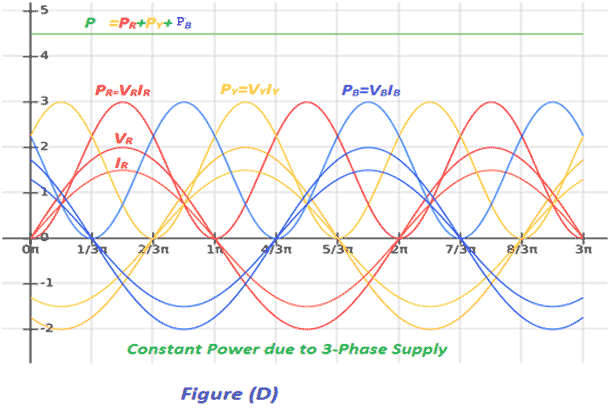
Three-phase generators produce three times more power than single-phase ones and can be smaller and lighter than the single-phase of the same power. Three-phase motors don’t need capacitors to start, in opposition to single-phase motors, because they work with a rotating magnetic field.
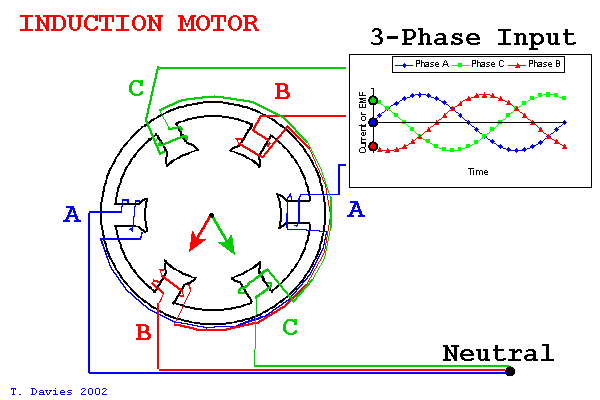
A three-phase rectifier has less ripple oscilation than single-phase.

Single-phase systems are used, because are cheaper and simplier for low power.
Distribution of the three-phase system
The residences and small businesses receive one phase, which is enough for lighting and the majority of home appliances. While the industry uses the three phases because needs more power for induction motors and other machines.

Why not put another number of phases?
A higher number of phases require more wires, which would increase the cost. Why not adopt only two phases? Would require more conductor wires than single-phase and power would have a considerable variation, as shown in the graphics before. With 2 phases, there isn’t a balance between the loads and the neutral wire has to be thicker to support more current.

